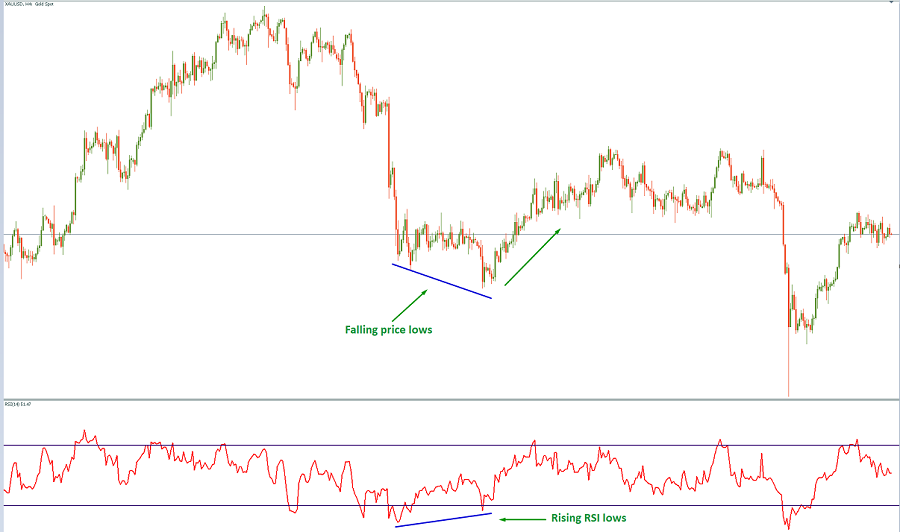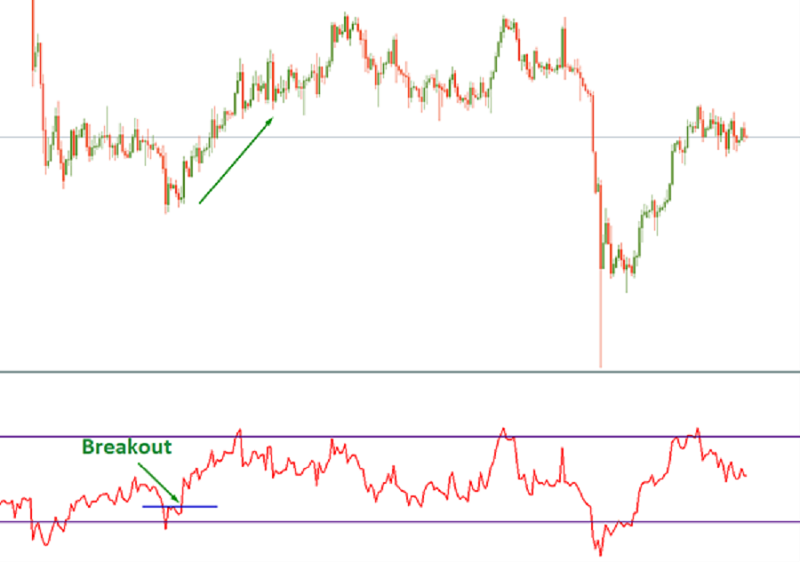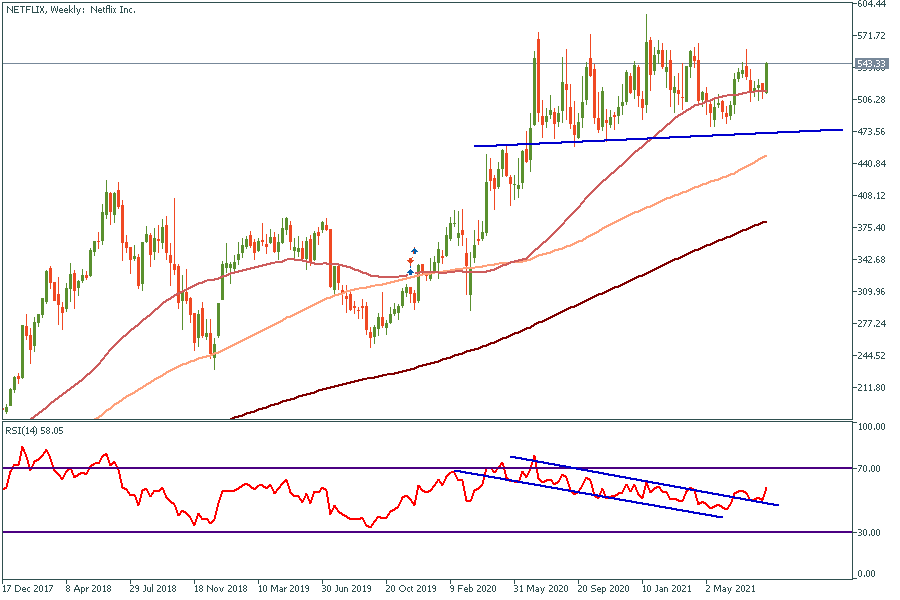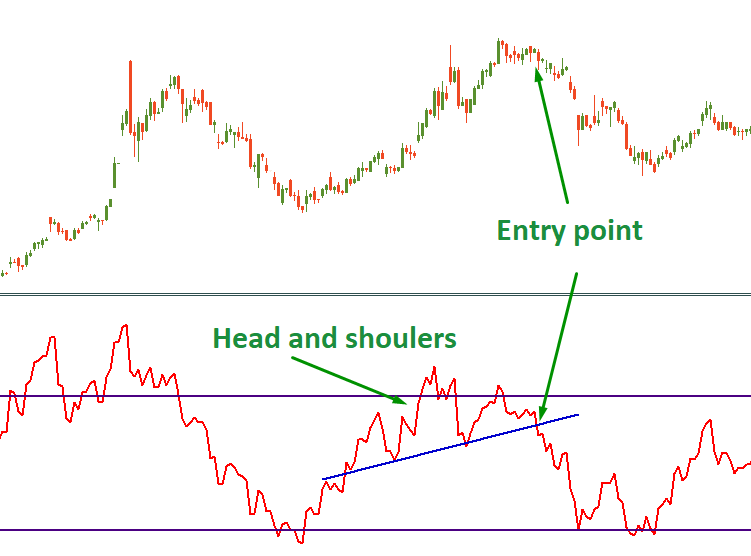
Bill Williams es el creador de algunos de los indicadores del mercado más populares: oscilador asombroso, fractales, alligator y gator.

¡No pierdas tu tiempo – mantente informado para ver cómo las NFP afectan al USD!
Aviso de Recopilación de Datos
Mantenemos un registro de tus datos para ejecutar este sitio web. Al hacer click en el botón, estás aceptando nuestra Política de Privacidad.

Manual para Principiantes de Forex
Tu guía definitiva a través del mundo del trading.
¡Revisa Tu Correo!
En nuestro correo electrónico, encontrarás el Manual de Forex 101. ¡Solo toca el botón para descargarlo!
Advertencia de Riesgo: Los ᏟᖴᎠs son instrumentos complejos y tienen un alto riesgo de pérdida de dinero rápidamente debido al apalancamiento.
El 71,43% de las cuentas de los inversores minoristas pierden dinero al operar ᏟᖴᎠs con este proveedor.
Deberías tener en consideración si comprendes el funcionamiento de los ᏟᖴᎠs y si puedes darte el lujo de arriesgarte a perder tu dinero.
2022-09-23 • Actualizada
Esta información no son consejos para inversión
El índice de fuerza relativa (RSI, por sus siglas en inglés) es un indicador que se utiliza en el análisis técnico para medir el impulso de los cambios de precios recientes. Ayuda a los traders a ver si una acción, un par de divisas u otro activo está sobrecomprado o sobrevendido. El RSI se presenta como un oscilador (un gráfico de líneas que se mueve entre dos extremos) y puede tener una lectura de 0 a 100.
El estándar es utilizar 14 períodos para calcular el valor RSI inicial. El RSI aumentará a medida que aumente el número y el tamaño de cierres positivos, y disminuirá a medida que aumente el número y el tamaño de cierres negativos.
Generalmente, cuando el RSI cruza el nivel de referencia horizontal 30 desde abajo, es una señal alcista, y cuando se desliza por debajo del nivel de referencia horizontal 70, es una señal bajista. Dicho de otra manera, se puede interpretar que los valores RSI de 70 o más indican que un activo está sobrecomprado o sobrevalorado y podría estar preparado para una reversión en la tendencia o un retroceso correctivo del precio. Un RSI de 30 o menos indica una condición de sobreventa o infravalorada.
Durante las tendencias, el RSI puede caer en una banda o rango. Durante una tendencia alcista, el RSI tiende a mantenerse por encima de 30 y con frecuencia debería llegar a 70. Durante una tendencia bajista, es raro ver que el RSI supere los 70, y el indicador con frecuencia alcanza los 30 o menos. Estas pautas pueden ayudar a determinar la fuerza de la tendencia y detectar posibles reversiones. Por ejemplo, si el RSI no puede llegar a 70 en varias oscilaciones de precios consecutivas durante una tendencia alcista, pero luego cae por debajo de 30, la tendencia se ha debilitado y podría revertirse.
Por el contrario, si la tendencia bajista no puede llegar a 30 o menos y luego sube por encima de 70, significa que la tendencia bajista se ha debilitado y podría revertirse al alza. Las líneas de tendencia y las medias móviles también pueden ayudar con el análisis.
El RSI es un indicador multifuncional. No presenta solamente el precio sobrevalorado/subvalorado, sino que también puede proporcionar a los traders muchas señales, como divergencias y patrones.
Analicemos un ejemplo y descubramos cuál es la mejor manera de utilizar este oscilador.
Divergencia

La divergencia alcista del RSI ocurre cuando el indicador forma mínimos más altos, pero, al mismo tiempo, el precio muestra mínimos más bajos. Esto indica un momentum alcista creciente. Se puede utilizar el rompimiento por encima del territorio de sobreventa para activar una nueva posición larga.
La divergencia bajista del RSI ocurre cuando el indicador forma máximos más bajos, pero, al mismo tiempo, el precio muestra máximos más altos.
En el momento en que aparece la primera barra verde y se confirma la divergencia, el trader puede abrir la operación con un Stop Loss por debajo del mínimo reciente.
Rechazos del Swing

Otra técnica de trading examina el comportamiento del RSI cuando está resurgiendo de un territorio de sobrecompra o sobreventa. El rechazo del swing típico consta de 4 partes.
El momento del rompimiento es el punto de entrada del trader. El Stop Loss se establece por debajo del mínimo reciente.
Acumulación

Cuando un precio se mantiene en el rango y el RSI se mueve dentro de un canal, significa que los inversores (traders) acumulan poderes para el siguiente movimiento. Por lo general, durante estos momentos, el RSI entra en el rango de 40-60 y después de eso, el canal se rompe y comienzan movimientos masivos.
Patrones

Otra gran ventaja del RSI es que los patrones funcionan como de costumbre. En el gráfico anterior, los traders no pudieron notar la reversión de la tendencia de acuerdo con la acción del precio, pero el patrón "Cabeza y Hombros" apareció en el RSI. Tan pronto como la línea RSI cruzó la línea del hombro, el precio bajó.
Conclusión

Bill Williams es el creador de algunos de los indicadores del mercado más populares: oscilador asombroso, fractales, alligator y gator.

Las estrategias de tendencia son buenas: pueden dar resultados significativamente buenos en cualquier temporalidad y con cualquier activo. La idea principal de la estrategia ADX basada en tendencia es intentar posicionarse en el comienzo de la tendencia.

Las estrategias contra tendencia siempre son las más peligrosas, pero también las más rentables. Nos complace presentar una excelente estrategia contra tendencia para trabajar en cualquier mercado y con cualquier activo.
Su solicitud ha sido aceptada
Te llamaremos en el intervalo de tiempo que elijas
La próxima solicitud de devolución de llamada para este número de teléfono estará disponible en 00:30:00
Si tienes algún problema urgente, contáctanos a través del
Chat en vivo
Error interno. Por favor, inténtelo nuevamente más tarde